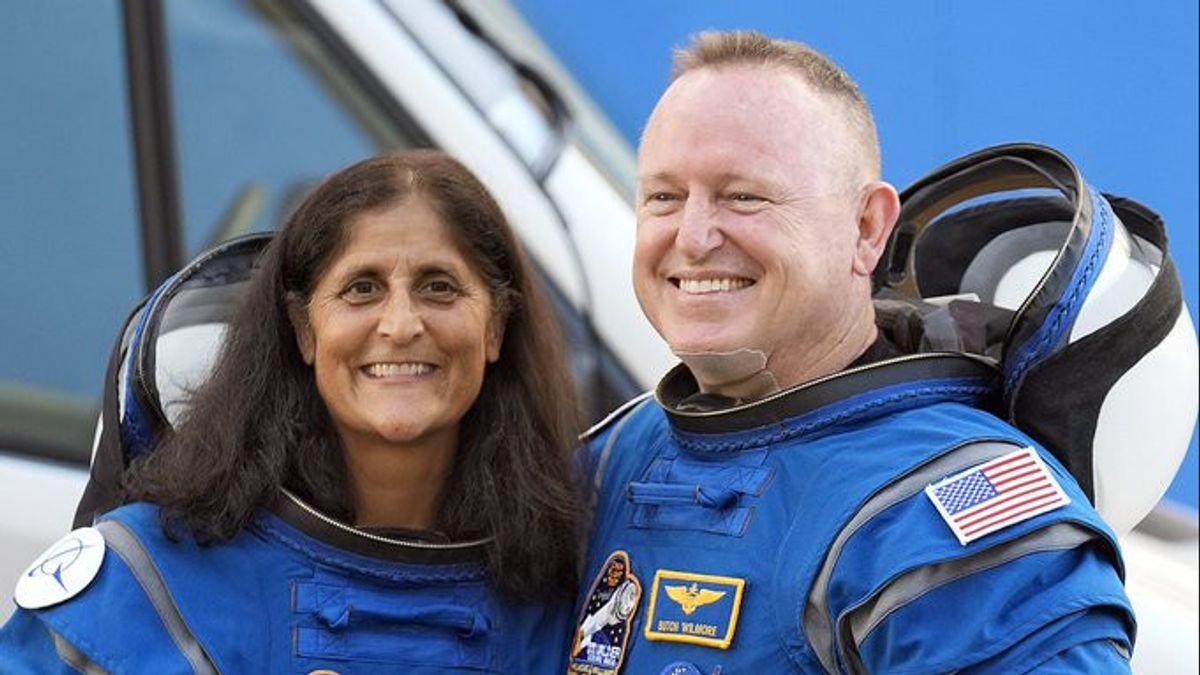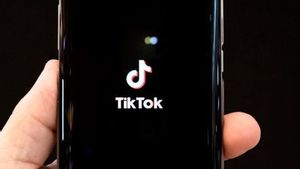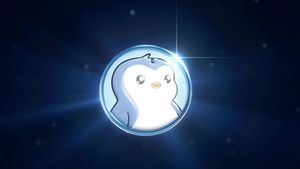JAKARTA - NASA officials and Boeing reiterated on Friday June 28 that the Starliner commercial crew capsule was not trapped on the International Space Station (ISS). But they need more time to analyze the data before officially allowing the spacecraft to escape and re-enter the atmosphere.
Two NASA astronauts, commander Butch Wilmore and pilot Suni Williams, will spend another few weeks on the space station while engineers on Earth conduct a pilot test to better understand the problem on Starliner's propulsion system in orbit. Wilmore and Williams launched on June 5 on an Atlas V rocket and docked at the station the next day, completing the first segment of the first Starliner test flight with astronauts.
NASA's manager initially planned for the Starliner spacecraft to remain on the space station for at least eight days, although they opened up the possibility of an extension of the mission. This test flight is now likely to last at least a month and a half, and may take longer, while engineers are struggling with helium leaks and driving problems on Starliner's service modules.
The batteries on the Starliner spacecraft were initially only certified for a mission duration of 45 days, but NASA officials said they were considering extending the limit after confirming that the batteries were functioning properly.
"We have the luxury of time," said Ken Bowersox, associate administrator for NASA's space operations directorate, quoted by VOI from Arstechnica. "We are still in the middle of a test mission. We are still moving forward."
Earlier, NASA and Boeing officials delayed Starliner's reentry and landing from mid-June, then from June 26, and now they missed a potential landing opportunity in early July. Last week, NASA said in a statement that the agency's top leadership would meet to officially review Starliner's readiness for reentry, something that was not included in the initial plan.
Not Stuck On The ISS
Steve Stich, NASA's commercial crew program manager, said on Friday he wanted to clarify a "misunderstanding" that led to headlines claiming that the Starliner spacecraft was trapped or stranded on the space station.
"I want to make it clear that Butch and Suni are not trapped in space," Stich said. "Our plan is to continue to return them with Starliners and return them home at the right time. We have a little more work to do to get there for the final return, but they are safe on the space station."
With Starliner docked, the space station currently hosts three different crew spacecraft, including the Crew Dragon from SpaceX and Soyuz from Russia. There are no serious plans to consider bringing Wilmore and Williams home on another spacecraft.
"Obviously, we have the luxury of owning some vehicles, and we are working on contingency plans for many different cases, but right now, we are really focused on bringing Butch and Suni back with Starliner," Stich said.
"We're not stuck on the ISS," said Mark Napi, vice president of Boeing in charge of the Starliner program. "Reading the things out there is very painful. We've been running excellent test flights so far, and it's considered quite negative."
Stich said NASA officials should have "more frequent interactions" with journalists to fill the information gap about Starliner test flights. NASA's written update is not always on time, and often less detail and context.
NASA officials have cleared the Starliner spacecraft for an emergency return to Earth if astronauts need to evacuate the space station for security or medical reasons. But NASA has not approved the Starliner for reentry and landing under "normal" conditions.
"At that time it was an emergency situation, we were ready to put the crew on the spacecraft and take them home as rescue boats," Bowersox said. For normal entries, we wanted to see more data before making a final decision to put the crew in the vehicle, and it was quite a serious decision so we would gather a senior management team (for approval)."
Motivater Problems And Helium Leaks
Stich said the main reason to keep the spacecraft on the station for the next few weeks was to give engineers time to test the Starliner booster on Earth. As it approached the station earlier this month, the spacecraft's control software considered five of the 28 Starliner reaction control system drivers unusable.
Four of these five control boosters, created by Aerojet Rocketdyne, managed to fire during a test while anchored at the station on June 15 and cleaned for use during the remainder of the mission. But engineers cannot be sure that the small rocket engine fired with full thrust due to limitations when anchored on the space station. They also have more work to determine why these five boosters had problems from the start.
So engineers will pick up identical boosters on Earth and test them at NASA facilities in New Mexico. The test will simulate the same exact firing sequence as Starliner's boosters did as they approached the space station and the firing sequence that engineers expected when Starliner broke free and returned to Earth.
The trial will take a few weeks, then engineers will check the booster. "This trial will help us understand the driving performance," Stich said. "This may give us 100 percent confidence that everything is fine in orbit. This is just one more piece of data we can have before really lowering the vehicle."
At the end of the mission, the Starliner service module will be released before entry and burn, while the crew module will land with the help of parachutes on the aerial pad, likely in White totaling, New Mexico. Officials are eager to collect as much data on in-flight driving performance as they will not have the chance to check service modules after landing.
Depending on what they find after testing, NASA officials and Boeing may decide to re-test Starliner boosters in orbit or adjust the firing sequence of boosters after the spacecraft leaves the space station for reentry. Even if managers decide they don't have to change anything on the currently in-orbit Starliner spacecraft, data from forthcoming ground trials should help determine the cause of the problem.
"After the trial is complete, we will see plans for landing," Stich said. "We don't have a targeted date today."
Boeing's Starliner spacecraft had a similar thrust problem on unmanned test flights in 2022, and engineers thought software corrections would solve the problem. "We obviously missed something," Stich said. "We clearly have an integrated effect between how we executed the meeting profile and how we used the booster, so I think we learned something there."
NASA and Boeing cleaned up Starliner to launch earlier this month despite knowing that the spacecraft had a small helium leak. The spacecraft uses helium to suppress the service module propulsion system while traveling to and from the space station.
Ground control discovered four other minor helium leaks during Starliner flights to the station. Stich said engineers were continuing to test the seal on Earth to determine the cause of the leak, but the ground team had closed the valve to isolate the helium system as Starliner connects to the space station, resulting in a temporary leak stopping.
Katup will reopen for flights back to Earth, but Stich says Starliner has ten times as much helium as needed to complete a return trip.
Nappi said engineers believed Starliner was safe to bring Wilmore and Williams home.
"We understand this problem is for a safe return, but we don't quite understand this problem to fix it permanently," he said. "And the only way we can do is take time in this unique environment and get more data, do more testing."
Once the Starliner spacecraft returns to Earth, NASA and Boeing plan to certify the crew capsule for long-term operational flights. By then, Starliner will join SpaceX's Crew Dragon spacecraft as one of two US manned spacecraft carrying astronauts to and from the space station.
NASA is still open to Boeing to launch its first Starliner operational flight to the space station in February. However, engineers will have to solve issues of driving and leaking helium before the next mission, and it appears NASA will ask SpaceX to take the February launch slot, prompting Boeing's first operational mission from six missions to the second half of 2025.
The English, Chinese, Japanese, Arabic, and French versions are automatically generated by the AI. So there may still be inaccuracies in translating, please always see Indonesian as our main language. (system supported by DigitalSiber.id)













